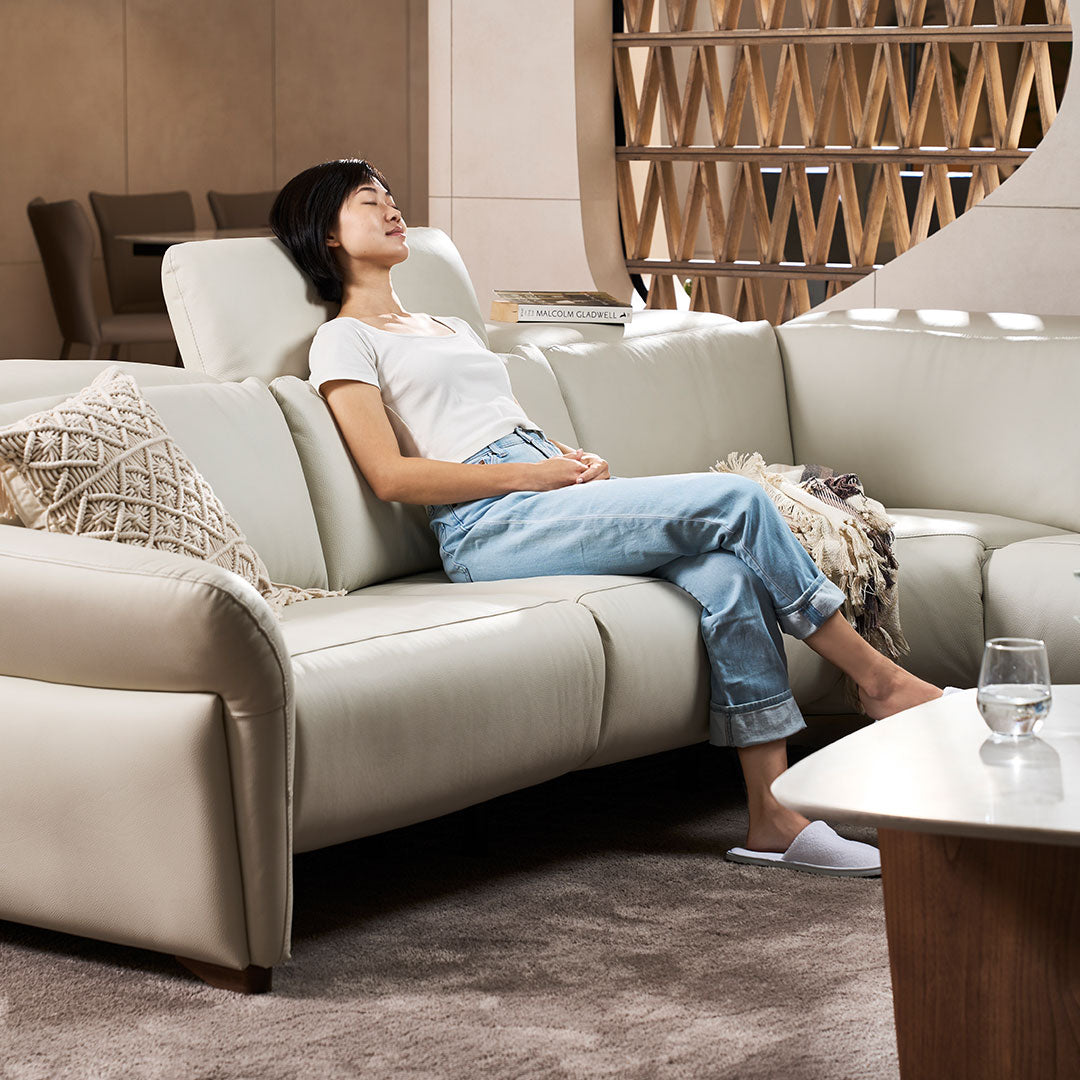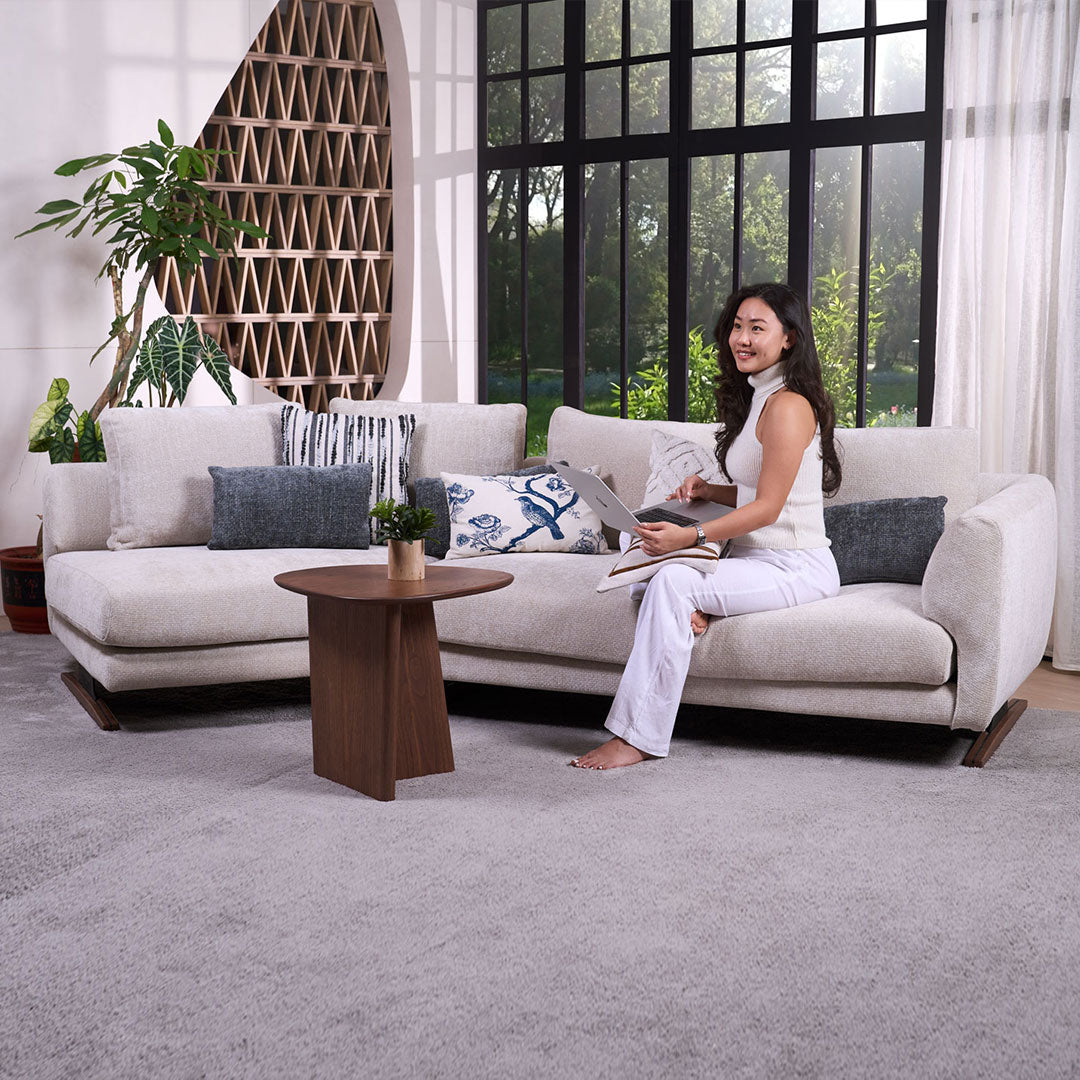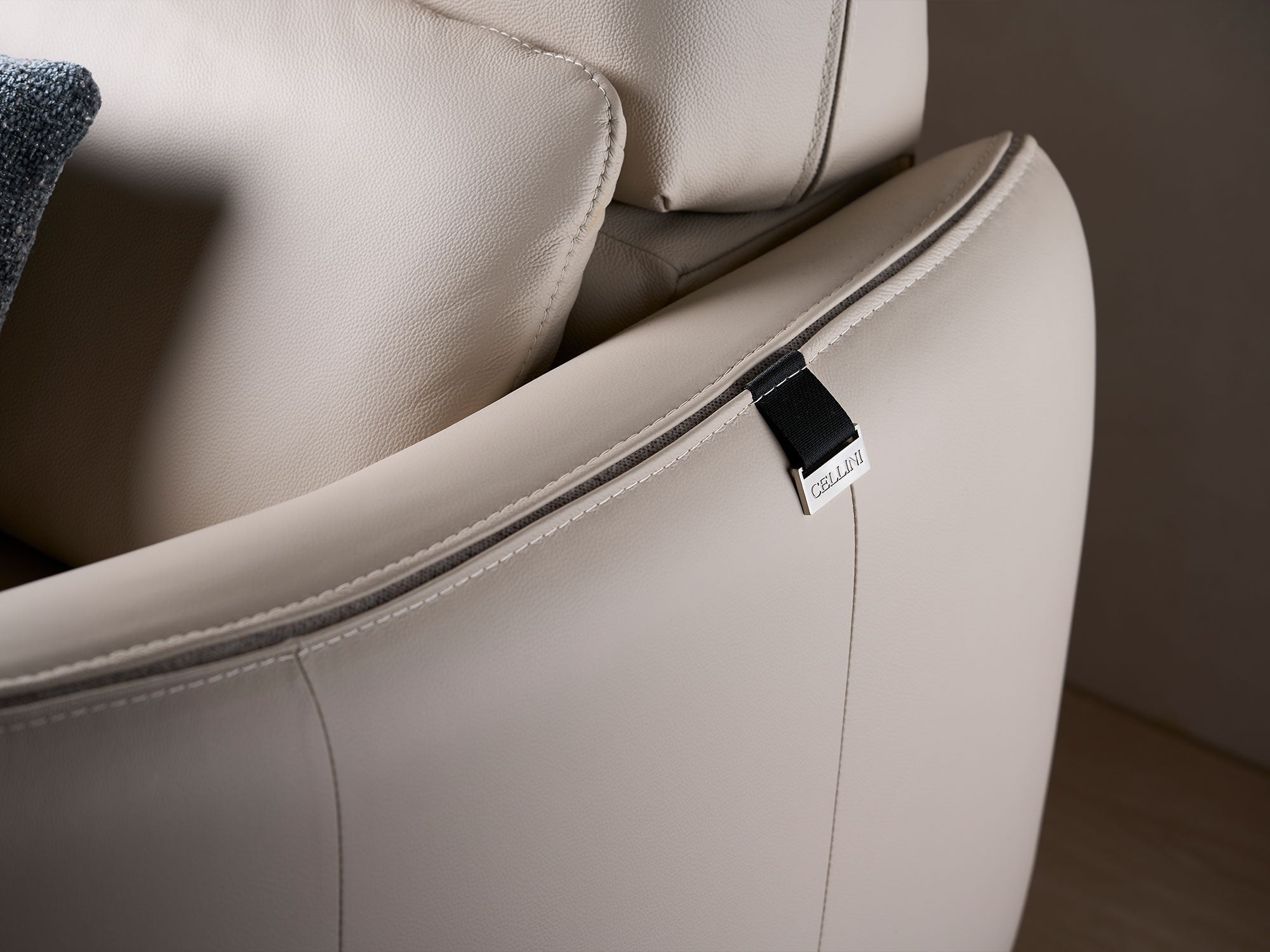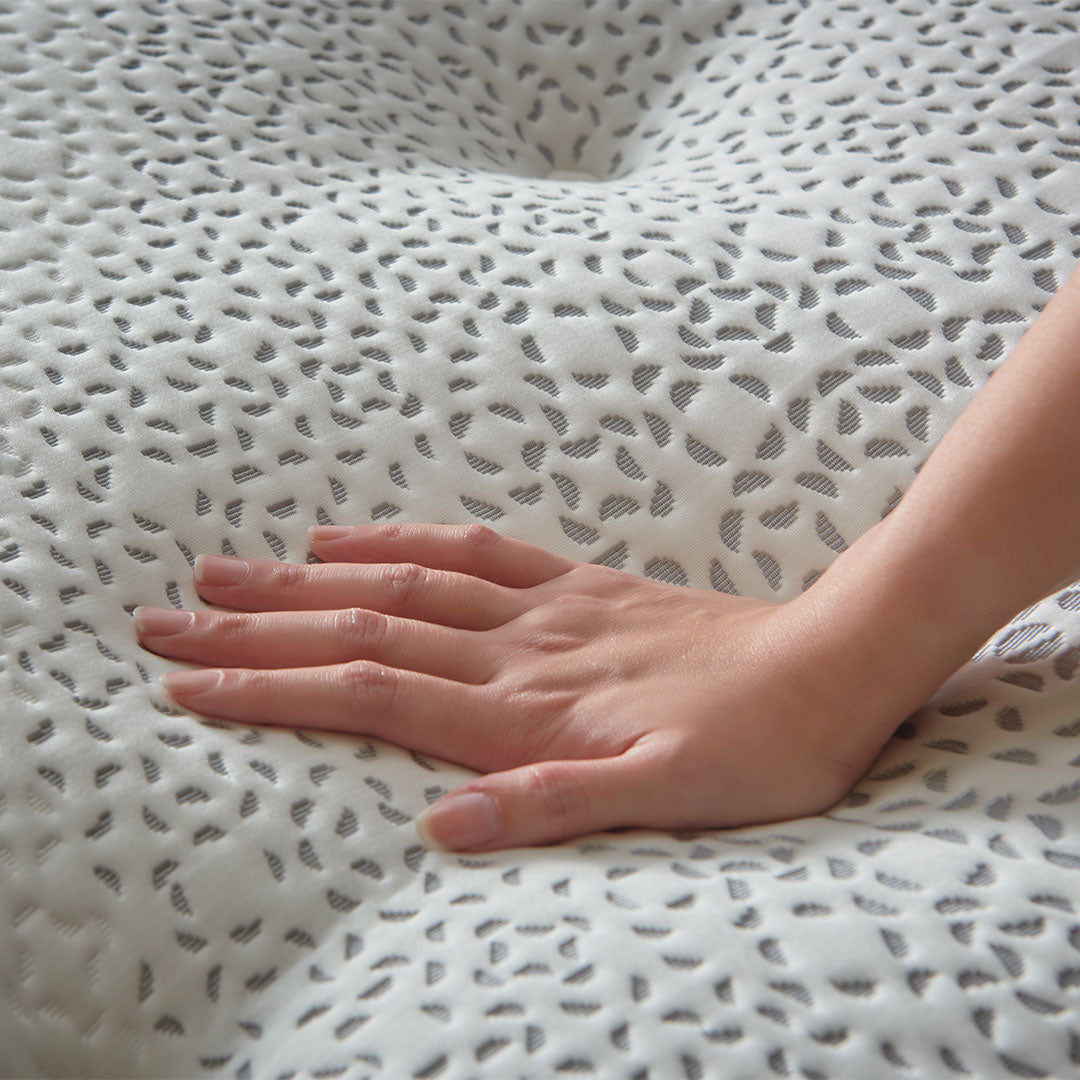
Key Takeaways:
- What are the Key Factors to Consider When Choosing Between Foam and Latex
- Mattresses?
- Allergen resistance
- Chemical sensitivities
- Moisture and mould control
- Latex allergy considerations
- Mattresses?
Introduction
A good night’s sleep means waking up refreshed and starting your day feeling your best. While soft lighting and cosy linens can help set the mood, your mattress plays a far more critical role, especially if you suffer from allergies. The right mattress makes all the difference between restful sleep and nightly discomfort.
If you're deciding between a foam and latex mattress, it’s important to know how each performs in terms of allergen resistance, material safety, and moisture control. Read on to find out which option is the best mattress for allergy sufferers.
How Do Foam and Latex Mattresses Differ?
1. Allergen Resistance
For anyone dealing with respiratory sensitivities, skin irritations, or dust allergies, choosing the right mattress is the first step toward better sleep. When comparing latex vs memory foam for allergies, latex—especially natural latex mattresses—distinguishes itself.
Natural latex mattresses in Singapore are particularly well-suited for the local climate, thanks to their inherent resistance to dust mites, mould, and mildew. These allergens thrive in warm, humid environments and are a common concern in many households. Thanks to the built-in defence of natural latex, natural latex doesn't trap moisture easily due to its dense yet breathable structure. This helps prevent the damp conditions that encourage allergen growth.
Memory foam, depending on its quality and density, can also resist allergens to a degree. However, lower-density foams may break down faster and trap more dust and moisture over time. Deciding between a foam and latex mattress option? Pay attention to the materials used and whether they’ve been treated with anti-allergy or anti-microbial finishes.

2. Chemical Sensitivities
If you’re sensitive to smells or chemicals, the release of volatile organic compounds (VOCs), otherwise known as off-gassing, should be on your radar. Unlike some synthetic foams that may release noticeable chemical odours, natural latex mattresses emit significantly fewer volatile organic compounds (VOCs). The absence of off-gassing makes them a safer and more comfortable option for people with chemical sensitivities, allergies, or asthma.
Memory foam mattresses are well-loved for their ability to contour to the body and provide excellent pressure relief. However, they may not be the best option for those concerned about chemical sensitivity or indoor air quality. Many traditional memory foam mattresses are made from synthetic materials and can emit VOCs when first unpacked.

3. Moisture and Mould Control
Singapore’s warm and humid climate creates the perfect environment for mould to thrive. Unfortunately, that includes the surfaces we often overlook, like your mattress. When moisture builds up within the layers of a mattress—whether from body sweat, poor ventilation, or high ambient humidity—it creates a damp, enclosed space where mould and mildew can easily grow.
That’s why moisture control is critical when choosing a mattress for humid climates in Singapore. Latex mattresses are recommended due to their open-cell structure and natural ventilation. They allow better airflow, which helps wick away body heat and moisture. As a result, this reduces the risk of mould growth inside the mattress core.
Memory foam, especially the denser types, tends to trap heat and moisture. Unless it’s infused with cooling gels or designed with ventilation channels, it may retain dampness over time. This is something allergy sufferers should avoid.
4. Latex Allergy Considerations

While rare, some people do have a true latex allergy. In such cases, it’s best to look for latex mattresses with a certified hypoallergenic cover or choose a high-quality synthetic alternative that mimics latex’s properties without triggering allergic reactions. It’s also worth noting that most natural latex mattresses are manufactured in a way that removes most allergy-causing proteins and are safe for the majority of users.
Conversely, high-density memory foam may not be naturally hypoallergenic. To improve safety for sensitive users, many manufacturers now offer CertiPUR-US® certified memory foam mattresses, which are made without harmful chemicals and have low VOC emissions.
What Else to Take Into Account?
Whether you choose a foam and latex mattress, one of the most overlooked tools in allergy prevention is a hypoallergenic mattress protector. It acts as a barrier against dust mites, dead skin cells, and moisture, keeping your sleep surface clean and extending the life of your mattress. Consider options that are breathable, machine-washable, and certified allergy-safe for best results.
How to Make the Right Choice
When it comes to the best anti-allergy mattress, there’s no one-size-fits-all answer. Your ultimate choice depends on your body’s needs and health sensitivities. For many, a natural latex mattress checks the boxes for comfort, allergen resistance, and breathability.
At Cellini, we understand how important it is to create a sleep space that supports your health and lifestyle. As a homegrown designer furniture brand founded in 1986, we take pride in crafting timeless, high-quality pieces—designed to endure Singapore’s climate and elevate everyday living.
Get in touch to find the mattress that suits your needs.







